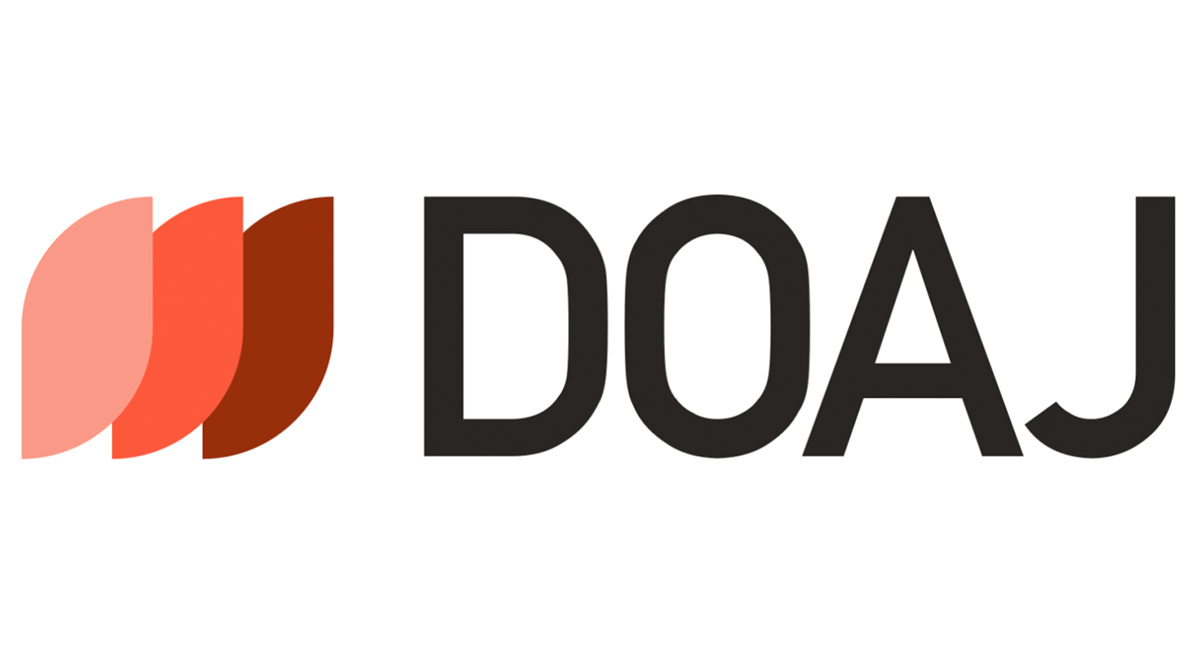Credit Card Fraud Detection Using LSTM Algorithm
DOI:
https://doi.org/10.31185/wjcm.60Keywords:
Artificial intelligent, LSTM, Kolmogorov–SmirnovAbstract
With the rapid growth of consumer credit and the huge amount of financial data developing effective credit scoring models is very crucial. Researchers have developed complex credit scoring models using statistical and artificial intelligence (AI) techniques to help banks and financial institutions to support their financial decisions. Neural networks are considered as a mostly wide used technique in finance and business applications. Thus, the main aim of this search is to help bank management in scoring credit card clients using machine learning by modelling and predicting the consumer behavior with respect to two aspects: the probability of single and consecutive missed payments for credit card customers. The proposed model is based on the bidirectional Long-Short Term Memory (LSTM) model to give the probability of a missed payment during the next month for each customer. The model was trained on a real credit card dataset and the customer behavioral scores are analyzed using classical measures such as accuracy, Area Under the Curve, Brier score, Kolmogorov–Smirnov test, and H-measure. Calibration analysis of the LSTM model scores showed that they can be considered as probabilities of missed payments. The LSTM model was compared to four traditional machine learning algorithms: support vector machine, random forest, multi-layer perceptron neural network, and logistic regression. Experimental results show that, compared with traditional methods, the consumer credit scoring method based on the LSTM neural network has significantly improved consumer credit scoring.
Downloads
References
V. Agostini, A. Nascimbeni, A. Gaffuri, P. Imazio, M. G. Benedetti, and M. Knaflitz, “Normative EMG activation patterns of school-age children during gait,” Gait Posture, vol. 32, no. 3, pp. 285–294, 2010.
A. D. Vigotsky, I. Halperin, G. J. Lehman, G. S. Trajano, and T. M. Vieira, “Interpreting signal amplitudes in surface electromyography studies in sport and rehabilitation sciences,” Front Physiol, 2018.
S. Micera, J. Carpaneto, and S. Raspopovic, “Control of hand prostheses using peripheral information,” IEEE Rev Biomed Eng, 2010.
M. Simao, N. Mendes, O. Gibaru, and P. Neto, “A review on electromyography decoding and pattern recognition for human-machine interaction,” 2019. IEEE Access.
S. Ma, M. Varley, L. K. Shark, and J. Richards, “EMG biofeedback based VR system for hand rotation and grasping rehabilitation,” Proceedings of the international conference on information visualisation. IEEE, pp. 479–84, 2010.
V. Agostini, M. Lanotte, M. Carlone, M. Campagnoli, I. Azzolin, and R. Scarafia, “Instrumented gait analysis for an objective pre-/postassessment of tap test in normal pressure hydrocephalus,” Arch Phys Med Rehabil, vol. 96, no. 7, pp. 1235–1276, 2015.
V. Agostini and M. Knaflitz Statistical gait analysis. Distrib Diagnosis Home Healthc, vol. Stevenson, pp. 99–121, 2012.
V. Agostini, M. Ghislieri, S. Rosati, G. Balestra, and M. Knaflitz Surface electromyography applied to gait analysis: how to improve its impact in clinics? Front Neurol, vol. 11, pp. 1–13, 2020.
D. A. Winter and H. J. Yack, “EMG profiles during normal human walking: stride-to-stride and inter-subject variability,” Electroencephalogr Clin Neurophysiol, vol. 67, no. 5, pp. 402–413, 1987.
F. Lacquaniti, Y. P. Ivanenko, D. Avella, A. Zelik, K. E. Zago, and M, “Evolutionary and developmental modules,” Front Comput Neurosci, vol. 7, pp. 61–61, 2013.
M. Ghislieri, V. Agostini, and M. Knaflitz, “How to improve robustness in muscle synergy extraction,” IEEE, pp. 1525–1533, 2019.
D. Rimini, V. Agostini, S. Rosati, C. Castagneri, G. Balestra, and M. Knaflitz, “Influence of pre-processing in the extraction of muscle synergies during human locomotion,” Proc Annu Int Conf IEEE Eng Med Biol Soc EMBS, pp. 2502–2507, 2017.
Downloads
Published
Issue
Section
License
Copyright (c) 2022 Prof. Dr. Yanash Azwin Mohmad

This work is licensed under a Creative Commons Attribution 4.0 International License.






